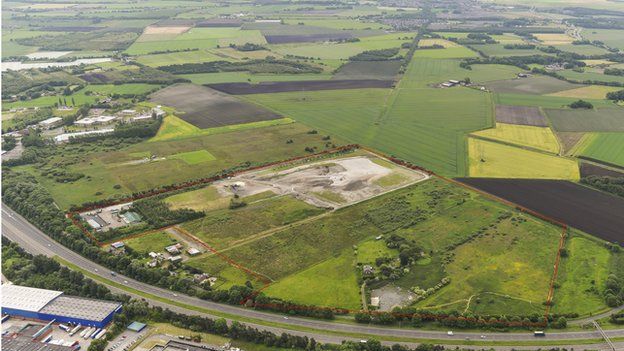
A legal bid to block the construction of a hazardous waste landfill near Skelmersdale has failed and this is a major setback for those opposing the plans. According to those opposing the plans, there is no need for the controversial facility to be constructed. If completed, the facility will have a capacity of 150,000 tonnes of waste each year. The planners got a green light from Greg Clark MP in May 2016 while he was serving as Communities and Local Government Secretary. Clark also made it possible for Whitemoss Landfill Ltd to compulsorily purchase land from private owners near White Moss Lane South in order to create room for the project.
Arthur Scarisbrick, a nearby landowner, has been trying to overturn the decision made by Clark at London’s Appeal Court with the backing of Action to Reduce and Recycle Our Waste, a campaign group. However, the case suffered a major setback as Lord Justice Lindblom, the top planning judge, stated that he couldn’t find any legal issues with the ruling made by Clark. According to the judge, Clark had the right to focus on the serious need for the country to have its own disposal sites for hazardous waste.
The judge also added that Mr Clark had said the development of the site in the Green Belt had been necessitated by very unique circumstances and that there was both a local and regional need for the facility.
Sitting with Lord Justice Irwin, the judge stated that he did not accept that an error had been made by the secretary of state since he hadn’t misapplied or misinterpreted the government’s policy with regard to hazardous waste infrastructure projects that were of national significance. Mr Clark, he said, also had a right to find a case for acquiring the land needed nearby to allow the project to continue.
Earlier on, the court had been informed that there’s already a hazardous waste landfill in the area but this site is supposed to shut down in 2018. The site that is to be developed, on the hand will be set to remain open until 2035.
One of the most fiercely disputed issues, according to one of the barristers involved, is whether or not it’s necessary for the site to be located on the land in the Green Belt. This is because the current landfill doesn’t make full use of its yearly capacity.